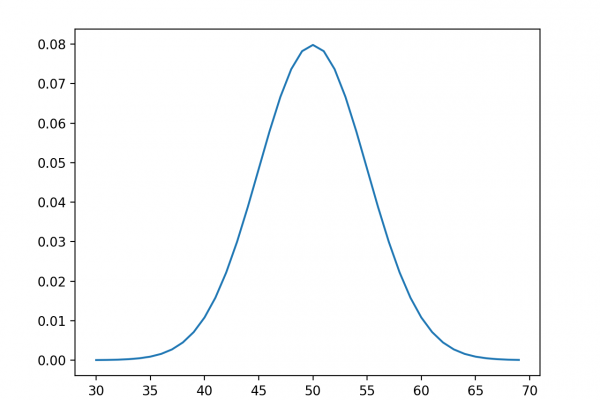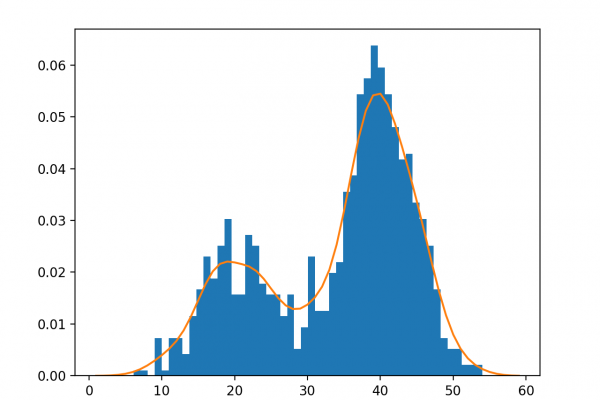5 Reasons to Learn Probability for Machine Learning
Last Updated on November 8, 2019 Probability is a field of mathematics that quantifies uncertainty. It is undeniably a pillar of the field of machine learning, and many recommend it as a prerequisite subject to study prior to getting started. This is misleading advice, as probability makes more sense to a practitioner once they have the context of the applied machine learning process in which to interpret it. In this post, you will discover why machine learning practitioners should study […]
Read more








